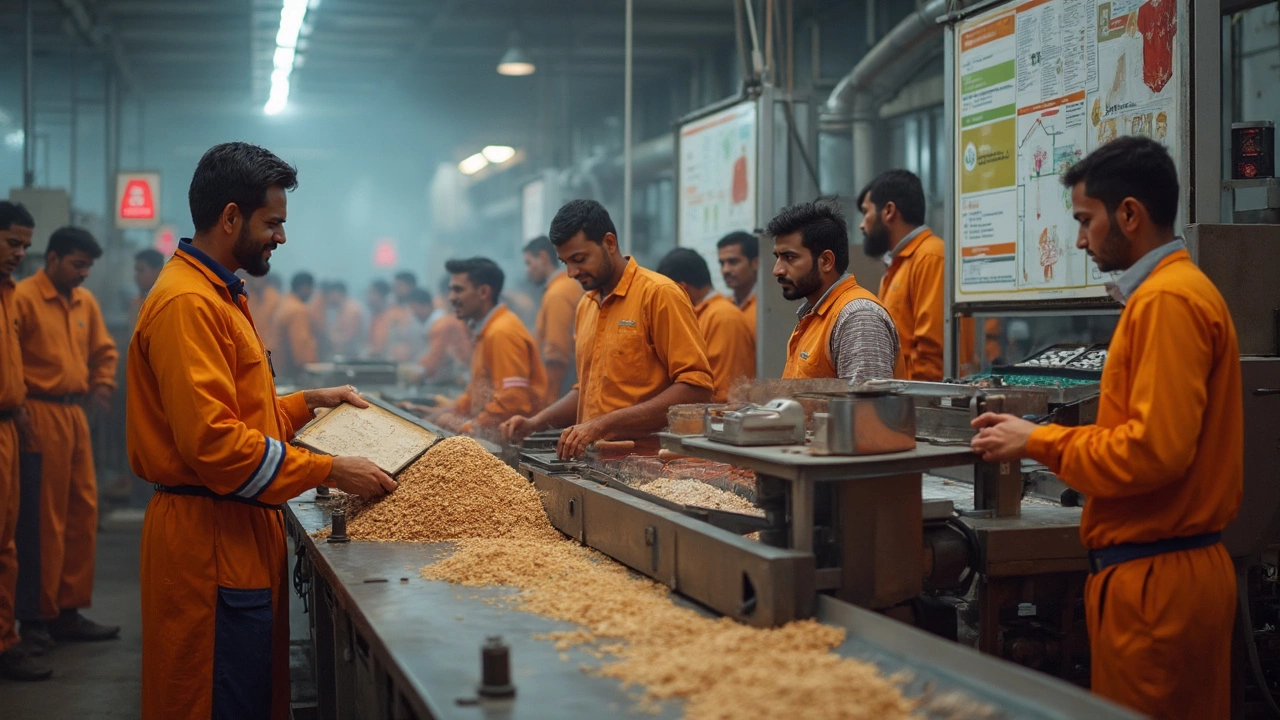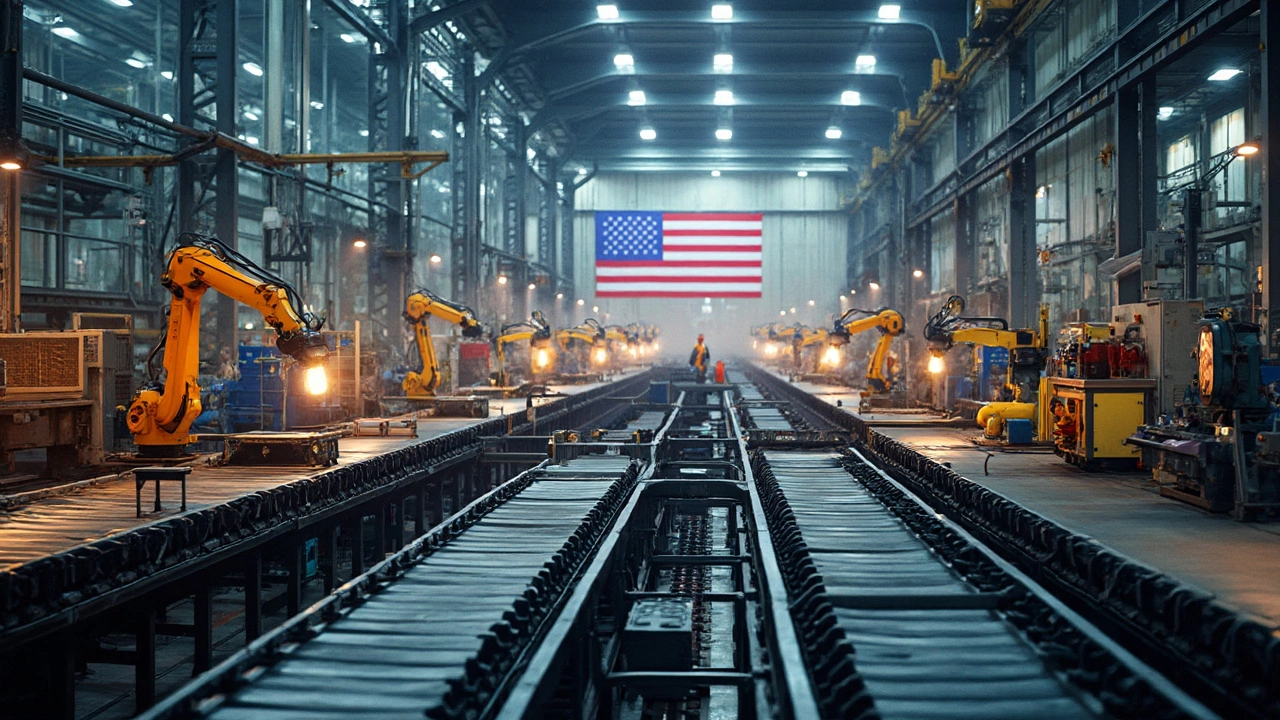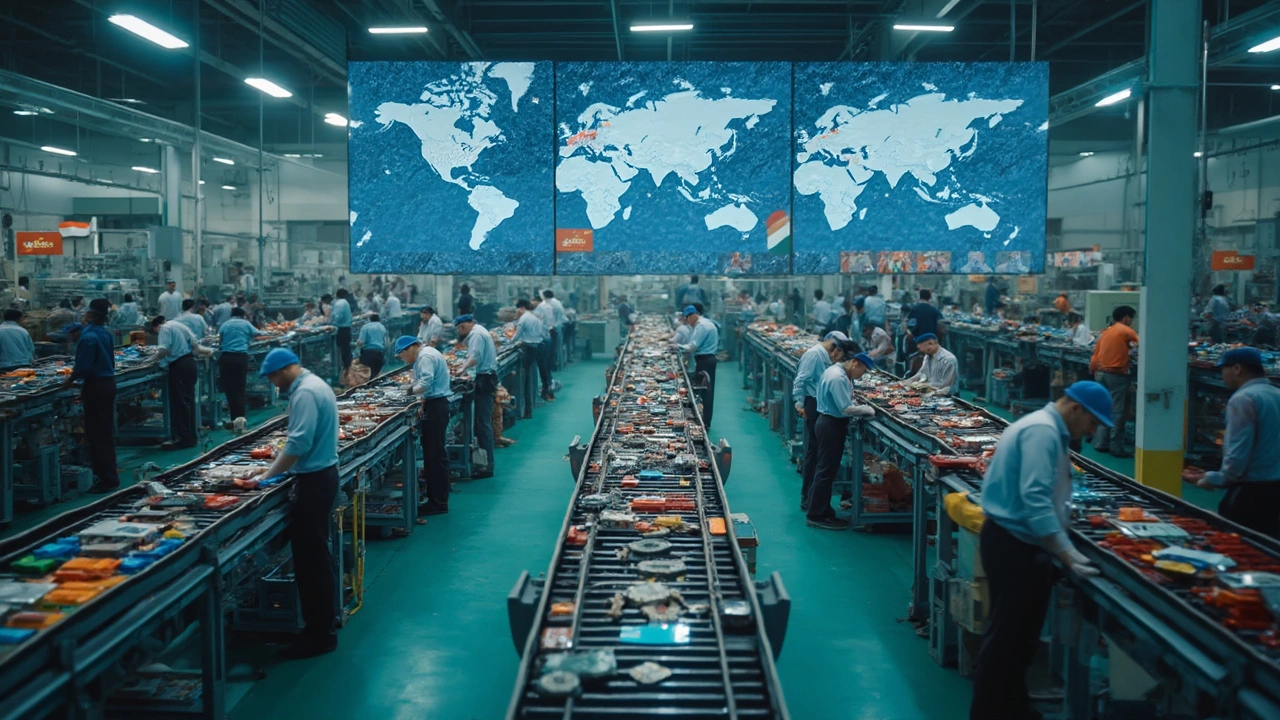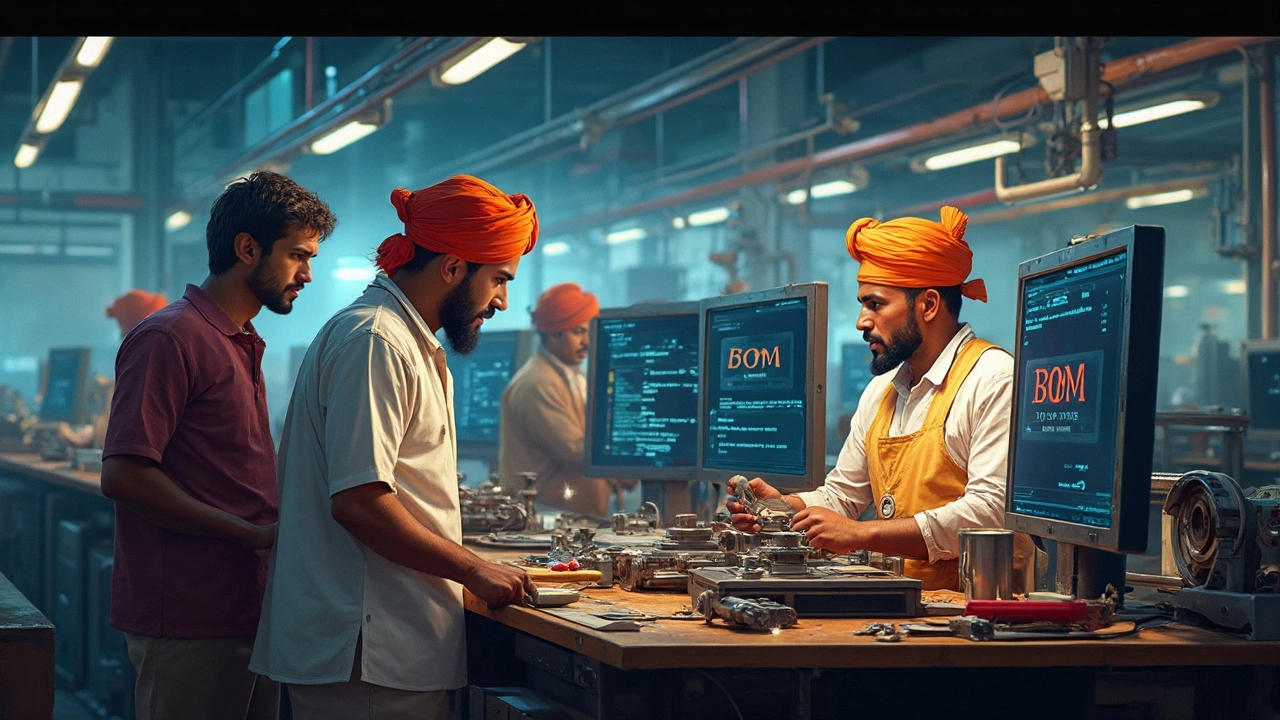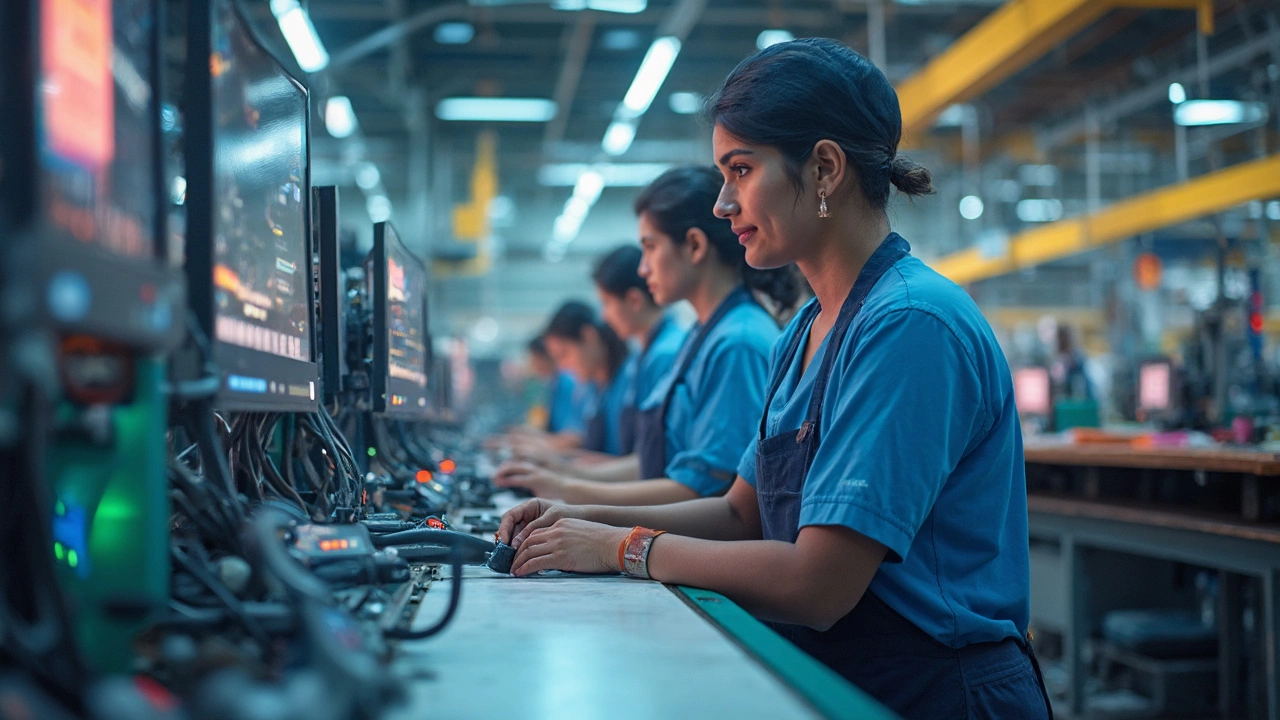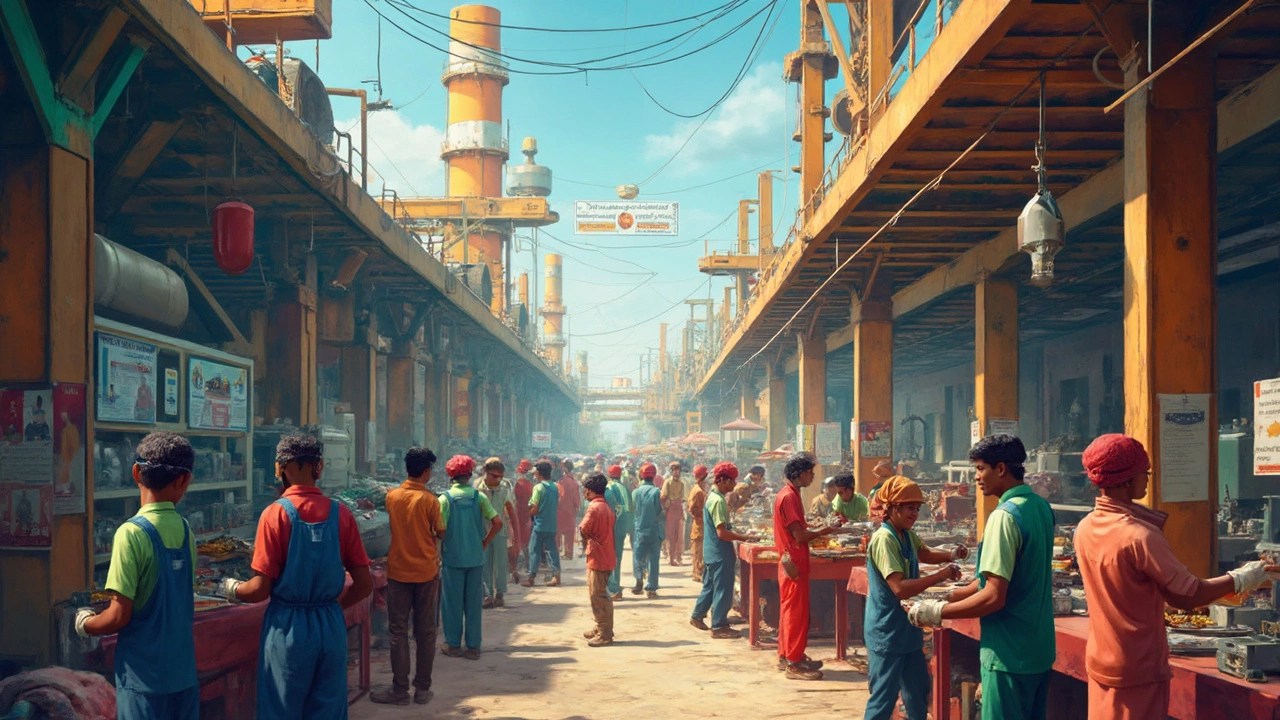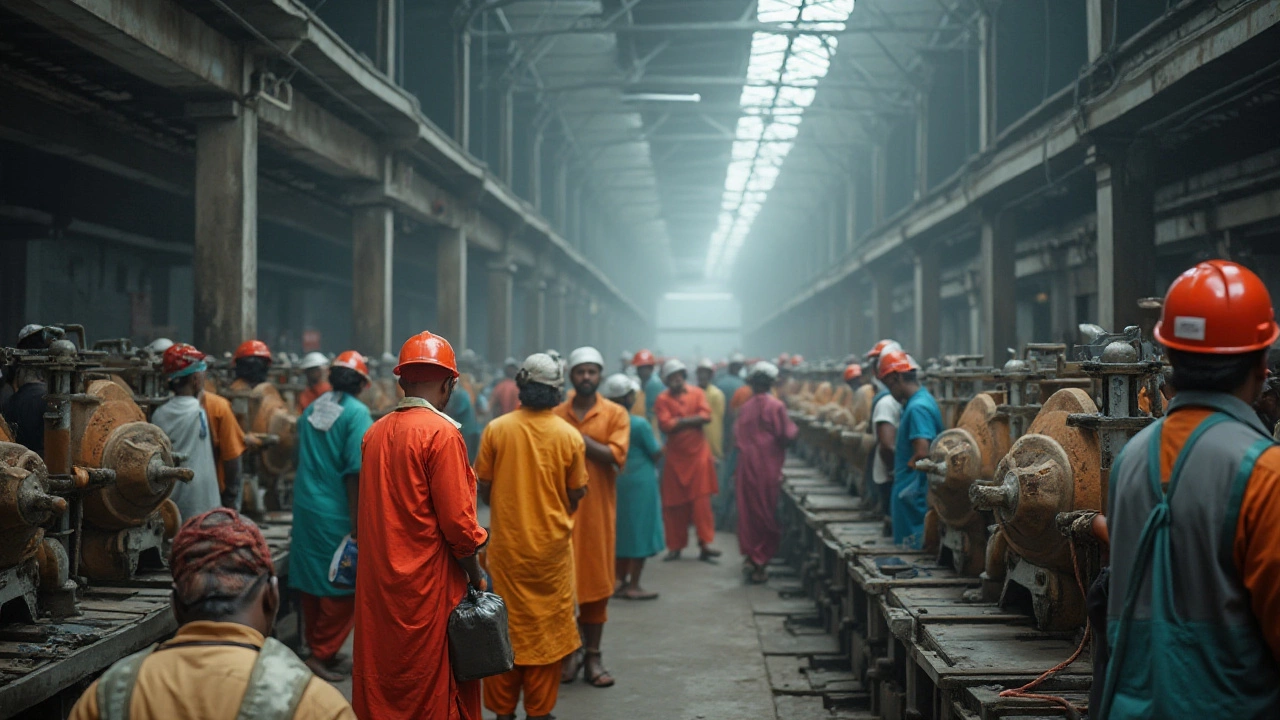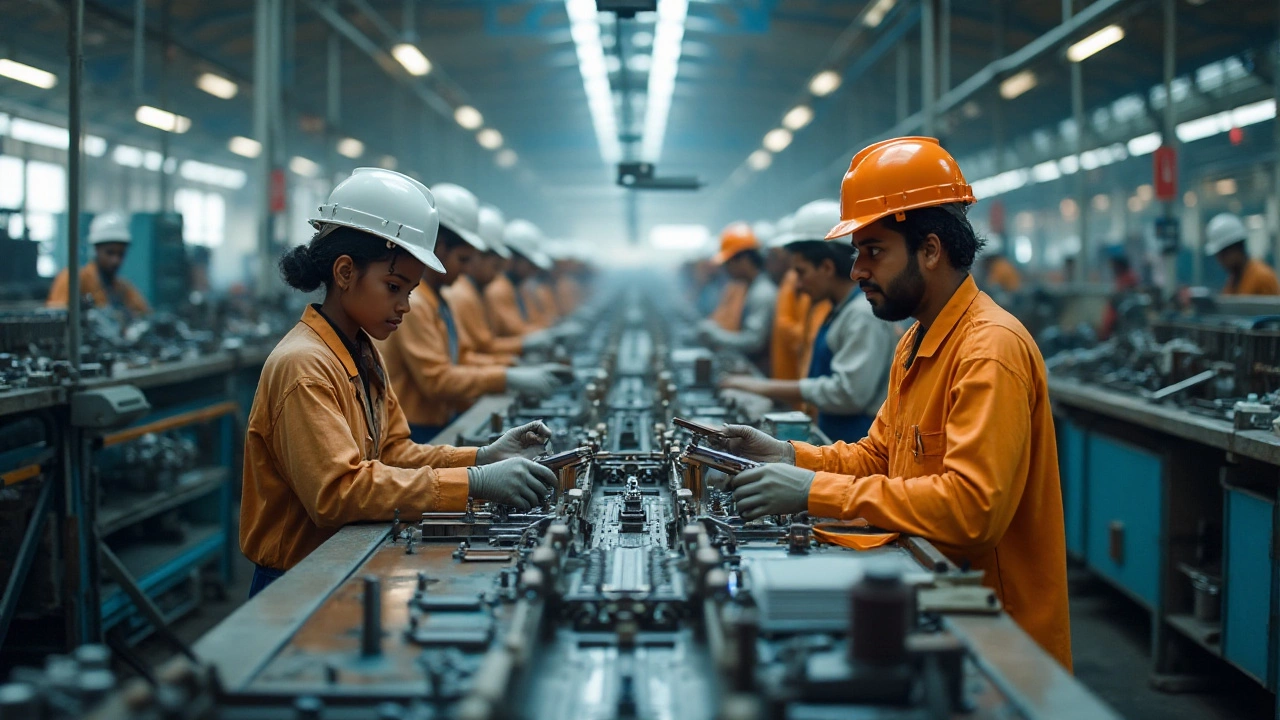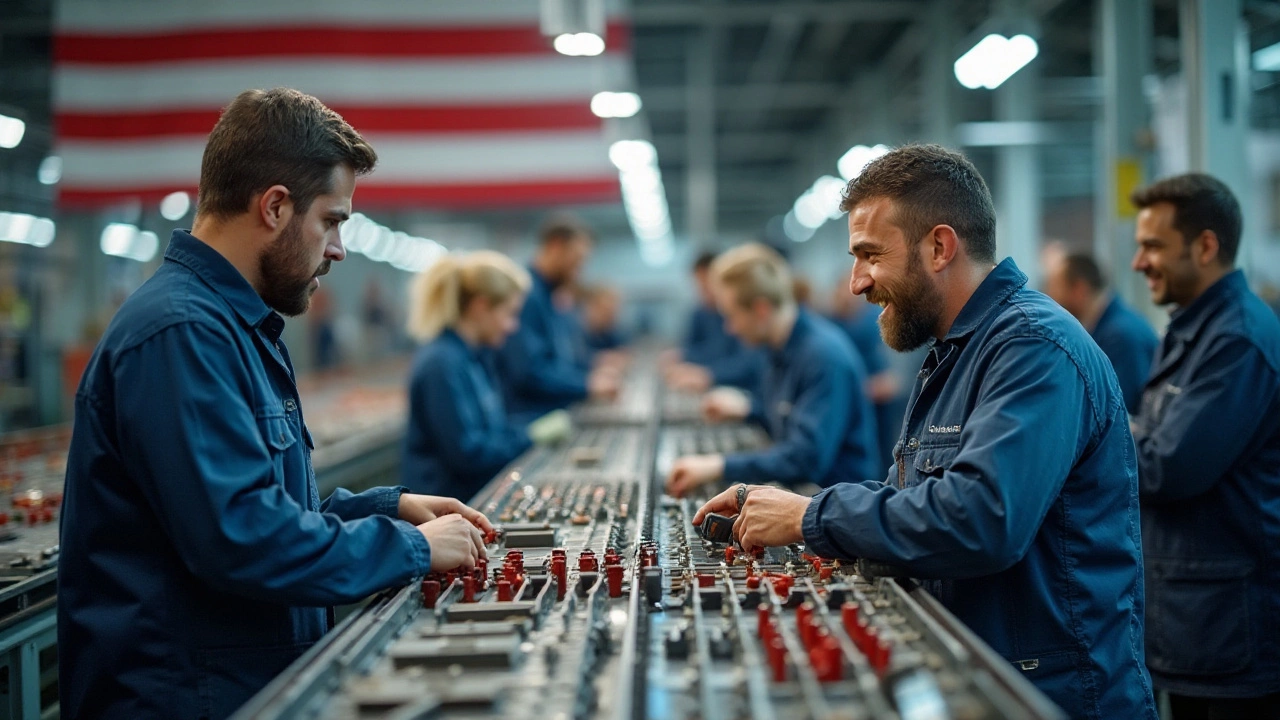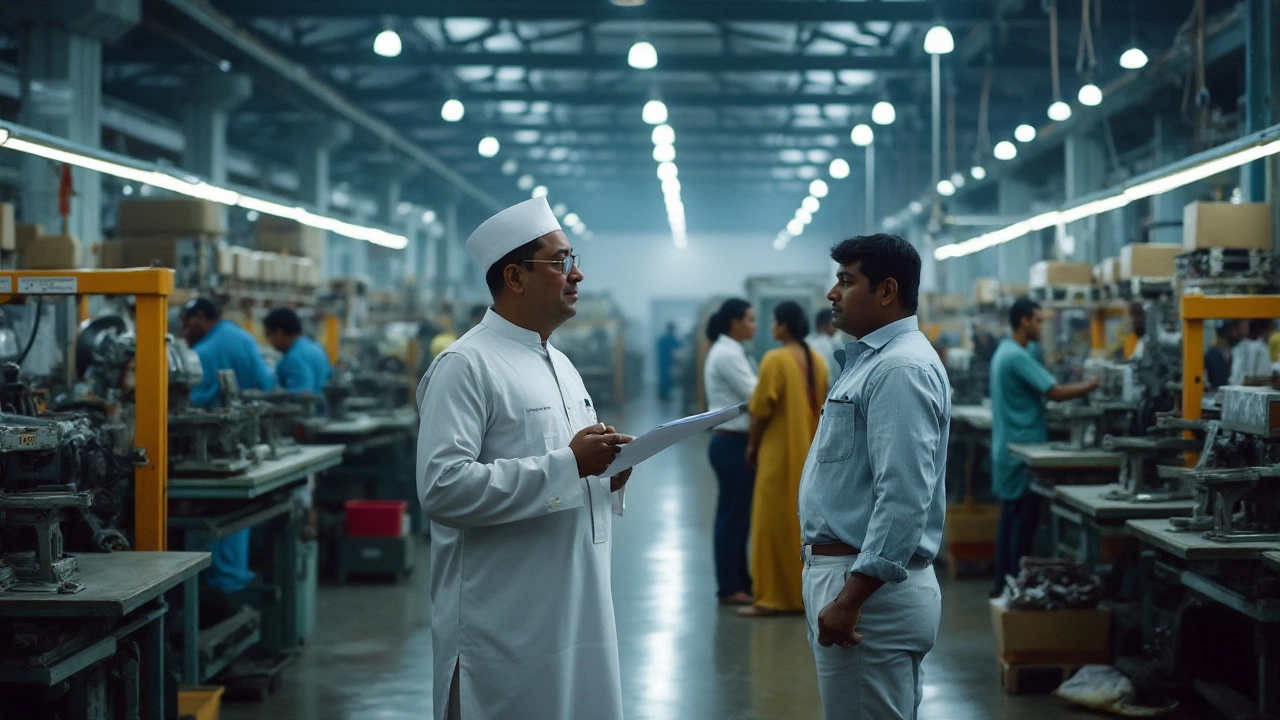Government Schemes That Power Indian Manufacturing
If you run a factory or plan to start one, the Indian government has a stack of programs that can cut costs, give you cheap credit, and open new markets. Forget the myth that bureaucracy blocks help – most schemes are online, quick, and aimed at real‑world problems.
Key Schemes You Should Know
1. Credit Guarantee Fund Trust for Micro and Small Enterprises (CGTMSE) – This lets small manufacturers get loans without handing over personal collateral. Banks trust the fund, so you can focus on buying machines instead of worrying about paperwork.
2. Production Linked Incentive (PLI) Scheme – The PLI rewards companies that ramp up production of priority items like electronics, medical devices, and auto parts. The government adds a percentage of your sales as a cash bonus, which can boost profit margins dramatically.
3. Technology Upgradation Fund Scheme (TUFS) – Want to modernize your plant with automation or greener tech? TUFS offers subsidies up to 40% of the project cost, plus low‑interest loans. It’s a win‑win for efficiency and sustainability.
4. Pradhan Mantri Kaushal Vikas Yojana (PMKVY) – Skilled workers are the backbone of any factory. PMKVY funds training programs, so you can upskill staff without paying the full price. Better skills translate into fewer defects and higher output.
5. Make in India Promotion – This umbrella program bundles tax breaks, fast‑track clearances, and export incentives for manufacturers who set up or expand in India. The goal is to make your products competitive abroad.
How to Take Advantage of These Schemes
First, list the exact need you have – be it a loan, a subsidy for new equipment, or training for workers. Matching need to scheme saves time.
Second, gather the basic documents: company registration, GST certificate, and a simple business plan that shows projected costs and revenues. Most portals ask for the same set of files, so keep them ready in digital format.
Third, apply online through the respective ministry’s website. Fill the form, upload PDFs, and hit submit. You usually get an acknowledgment within a day and a decision in a few weeks.
Fourth, follow up. If the portal shows “pending,” call the helpline and ask for a status update. A quick nudge often speeds things up.
Finally, keep records of how you used the funds. The government may ask for audit reports, and good documentation helps you renew the scheme next year.
Bottom line: these government schemes are built to lower the barriers for manufacturers. By checking eligibility, preparing documents, and applying early, you can tap into cash, credit, and expertise that many competitors miss. Start today, and watch your production line grow without breaking the bank.

5 M's of Manufacturing: Core Pillars That Power Production
This article breaks down the 5 M's of manufacturing—Man, Machine, Material, Method, and Measurement—and explains their real-life impact on production, especially in the context of government-backed schemes. Get clear tips on how each M shapes manufacturing success and why they matter for both big factories and small units. Learn how these five elements are used to spot problems and boost efficiency. If you're trying to understand how production works or how to tap into government schemes, this guide gives you the building blocks you need. Spot common pitfalls and discover smart ways to keep your manufacturing process running smoothly.

Manufacturing Leader: Which State Tops the List?
Discover which state leads the nation in manufacturing output and jobs. This article digs into why that state holds the top spot, including government programs and real numbers. Find out how local policies shape success on the factory floor. See how other leading states compare, and pick up tips if you want your business to tap into these hot areas. Get a real-world take on America’s manufacturing engine.

Manufacturing Capital of the World: Who Holds the Crown in 2025?
Ever wondered which country actually leads the world in manufacturing? This article unpacks where the world's goods come from, why certain countries dominate, and what government schemes drive the industry. You'll see how policies shape manufacturing powerhouses and what other contenders are doing to catch up. With practical insights and real-world examples, it gives a fresh look at the global manufacturing race.

Manufacturing Disadvantages: What You Don’t Hear About Government Schemes
Manufacturing comes with big promises, especially when government schemes get involved. But there’s a flip side that rarely gets the spotlight. This article breaks down the real disadvantages of manufacturing, focusing on what these government schemes might not tell you upfront. From hidden costs to unpredictable hurdles, you’ll see what really goes on behind the factory walls. Find out how practical tips and facts can help you dodge the common pitfalls.

Understanding BOM and MOM in Manufacturing
In manufacturing, BOM (Bill of Materials) and MOM (Manufacturing Operations Management) are crucial concepts though often confused. BOM refers to the comprehensive list of components, materials, and instructions required to construct, produce, or repair a product. On the other hand, MOM focuses on the methods and processes necessary for efficient production operations. Knowing the difference between these two is essential for optimizing production lines and ensuring smooth operations.

Are Manufacturing Jobs Coming Back to America?
With rising discussions about the resurgence of manufacturing jobs in America, many are curious if these jobs truly stand a chance of returning. Government initiatives and policies claim to support this shift, but what does it genuinely mean for the average American worker? We explore the potential of these schemes and their real impact on job creation within the industry. Prepare to delve into an analysis of contemporary efforts driving this transformation and whether they deliver on their promises.

Understanding the Government's Definition of Manufacturing
The government's definition of manufacturing plays a critical role in shaping policy and providing economic incentives. This article delves into what exactly constitutes manufacturing in the eyes of government bodies, exploring the criteria and classifications used. It also highlights the impacts on industry players and how this definition influences access to various government schemes. By outlining key facts and tips, readers can better understand how their manufacturing business fits within regulatory frameworks.

Why Local Manufacturing is a Game Changer for Economies
Local manufacturing plays a critical role in boosting economies by creating jobs, reducing dependency on imports, and fostering innovation. Government schemes around the world have been devised to support local industries, making them the backbone of economic rejuvenation. With strategic investments and favorable policies, countries can leverage local manufacturing to strengthen economic stability and promote sustainability. Highlighting the importance of these initiatives, we explore the manifold benefits that local manufacturing brings to the table.

Exploring the Benefits of Manufacturing Industries for Local Communities
Manufacturing industries often play a crucial role in local economies by generating employment opportunities, supporting small businesses, boosting infrastructure development, and enhancing skill development. Through various government schemes and incentives, these industries not only increase economic activities but also improve the quality of life for residents. Understanding the multifaceted benefits of manufacturing can help communities maximize these opportunities. Local involvement and awareness are key to tapping into these benefits effectively.

Is the U.S. Manufacturing Sector Experiencing Growth? Insights and Analysis for 2025
In recent years, the U.S. manufacturing sector has shown signs of growth, fueled by innovative government schemes aimed at boosting industrial output. This article explores how these policies, technological advancements, and global economic factors are contributing to the sector's expansion. It delves into the opportunities and challenges faced by manufacturers in the United States. We'll look at specific case studies demonstrating success and potential pitfalls. With an eye on the future, this discussion covers the key drivers of change that industry stakeholders should focus on.

Understanding Complex Manufacturing Processes for Government-Supported Industries
Manufacturing is the backbone of the industrial world, yet not all processes are created equal. Some manufacturing methods are incredibly complex, influenced by multiple variables that make them particularly challenging. Government schemes often aim to support industries facing these difficulties, providing guidance and funding to navigate the elaborate nature of these processes. Exploring these challenges helps us appreciate the ingenuity and skill involved while recognizing government efforts to bolster industrial growth.
